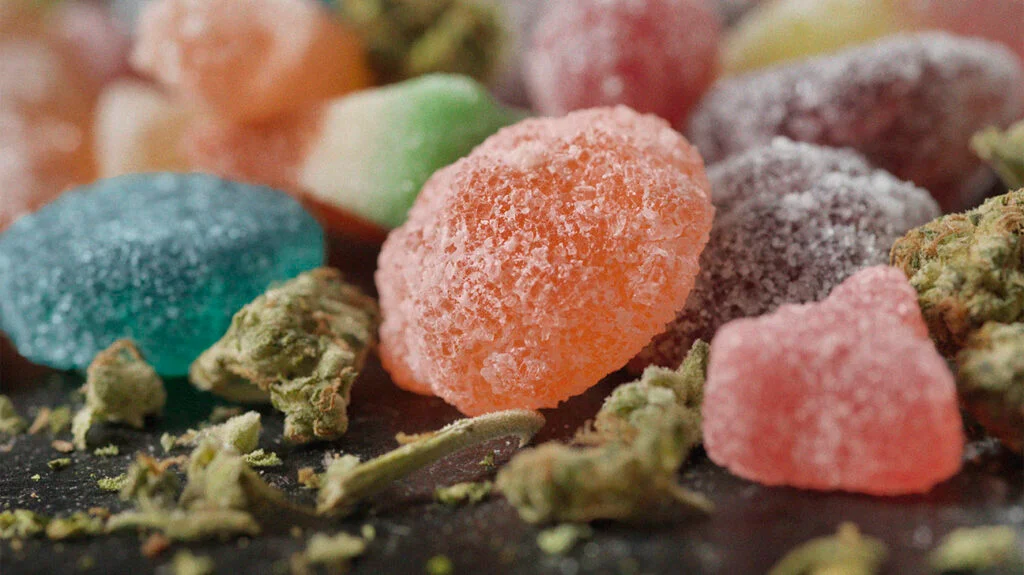The variety of edible THC products includes chocolate, cookies, drinks, and gummies. These products contain extracted cannabis oil that has been infused into food items. The digestion process converts delta-9-THC into 11-hydroxy-THC, a compound that effectively crosses the blood-brain barrier. CBD gummies are popular for their convenience, precise dosing, and discreet nature. When precision matters most, thc gummies make it easier to manage your intake.
Traditional smoking
Smoking cannabis involves burning the dried flower and inhaling the resulting smoke. Within minutes after inhaling THC, it enters the bloodstream and reaches the brain. The effects typically peak within 30 minutes to an hour and last 2-3 hours. Many enthusiasts appreciate smoking for its immediate effects and the ability to titrate doses easily. The ritual of grinding, rolling, and sharing cannabis has cultural significance for many users.
Key differences between these consumption methods
Onset time and duration
- The most significant difference between these two consumption methods is their metabolism and effect timeline. Smoking delivers THC directly to the bloodstream via the lungs, resulting in effects that begin within minutes and typically last 2-3 hours.
- Conversely, thc gummies must pass through the digestive system before entering the bloodstream. This process typically takes 30-90 minutes before effects are felt, but the experience lasts significantly longer, often 6-8 hours, and produces more substantial effects due to the liver’s conversion of THC into its more potent metabolite.
Dosage control
- Smoking allows for more immediate feedback, enabling users to stop once they reach their desired effect. Beginners are more likely to avoid overconsumption this way.
- Edible products offer precise, consistent dosing where each piece contains a specific amount of THC. The delayed onset makes it more challenging to gauge effects immediately, sometimes leading new users to consume more than intended before the initial dose takes effect.
Health considerations
- Smoking involves combustion, which produces tar, carcinogens, and respiratory irritants. Regular smoking may lead to respiratory issues similar to tobacco smoking, although typically less severe due to lower consumption volumes.
- Edible consumption eliminates these respiratory concerns, making thc gummies an appealing option for those with lung sensitivities or those concerned about the health impacts of smoking.
Discretion and convenience
- Edible products offer unparalleled discretion as they don’t produce smoke or distinctive odours. They’re easy to transport, require no additional equipment, and can be consumed virtually anywhere.
- Smoking produces characteristic aromas that can linger on clothes and spaces, making it less discreet. It also requires additional equipment such as papers, pipes, or vaporizers.
Which method is more effective?
The effectiveness of either method depends entirely on individual goals, preferences, and circumstances. For immediate relief of symptoms, smoking provides faster results. For longer-lasting effects without respiratory concerns, thc gummies offer superior benefits. Many experienced users maintain both options in their wellness routines, using smoking for acute needs and edible products for sustained effects or discreet consumption situations.
When deciding between smoking and edible THC products, consider your priorities regarding onset time, duration, health considerations, and discretion. Beginners should start with minimal doses of either method, particularly with edible products with more intense and longer-lasting effects. Both methods offer unique advantages that suit different situations and preferences. Understanding these key differences helps ensure a positive experience regardless of your chosen consumption method.





